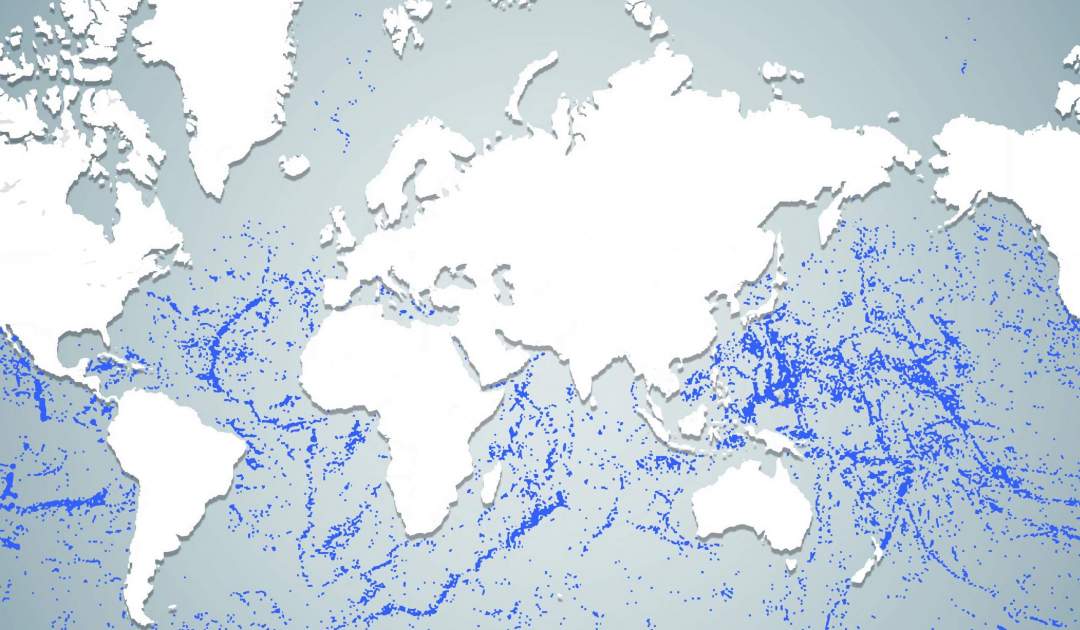Systematics, distribution, and community structure of harpacticoid communities of seamounts
Seamounts are submarine elevations of mainly volcanic origin. They raise from the deep sea, reaching at least 1,000m height without surpassing the water surface. More than 100,000 seamounts are registered worldwide, most of them in the Pacific.
Seamounts may support the dispersal of marine benthic organisms in a considerably way, particularly of organisms inhabiting shallow-water areas (shelves and shallow seas) and lacking planktonic life stages. For such organisms, the deep sea forms a barrier which is hardly to overcome. Seamounts may act as “stepping stones” and facilitate geographic distribution and colonization of distant shallow-water regions.
On the other hand, due to particular hydrological and topographical conditions, seamounts may act as “traps” (“trapping stones”) for those animals living on their tops. Migration of benthic organisms to and from their summit may be impossible for thousands and even millions of years. Such conditions may support the evolution of distinct and unique communities, which may be characterized by high amounts of endemic species.
My investigations deal with questions as to the origin of harpacticoid faunas of seamount summits. Are the species already known? Did they immigrate from the deep sea or from adjacent geographical regions, or did they evolve on the summits themselves, having descended from ancestors which immigrated already millions of years before? Is there still existing a geographical and/or bathymetrical exchange of Harpacticoida, or must the summit associations be considered as unique? In this context, unknown species are described, and chorological, faunistic, and systematic comparisons are done.
